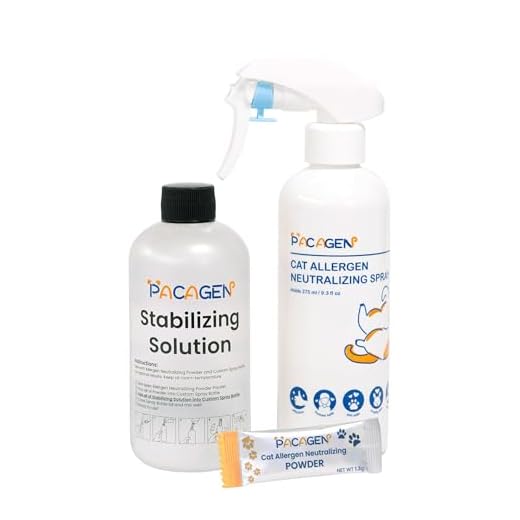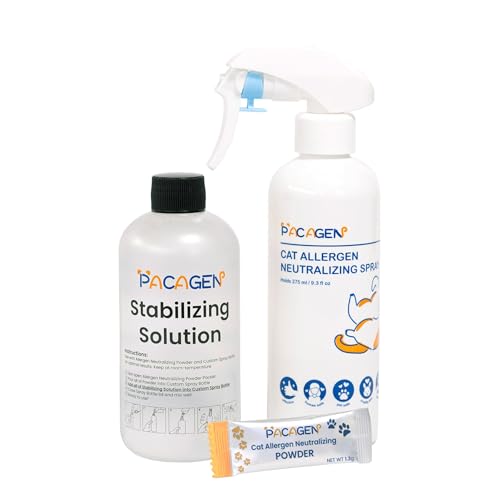

As a Scottish Fold with a keen interest in my fellow furry companions, I’ve done my homework on whether this particular extract poses any risks to us. The short answer? It’s best to avoid it altogether. While some oils can be beneficial, this one carries potential hazards that could lead to health issues.
Research indicates that the compounds found in this liquid can cause digestive disruptions and even toxicity in certain cases. Symptoms such as vomiting, diarrhea, or lethargy might arise if ingested. It’s essential for pet owners to remain vigilant and steer clear of any products containing this ingredient.
For those looking to provide their pets with healthy dietary options, consider alternatives like fish or olive extracts, which are generally well-tolerated and can offer health benefits without the risks associated with this one. Always consult a veterinarian before introducing new foods or substances to your pet’s diet.
Is Cottonseed Oil Safe for Cats
From my perspective, consuming this particular product is not advisable. It contains gossypol, a toxic compound that can lead to serious health issues in felines. Symptoms of gossypol poisoning include vomiting, diarrhea, and lethargy. In severe cases, it may cause damage to the liver and heart.
If you’re considering adding anything new to your diet, prioritize options specifically formulated for my kind. Always consult with a veterinarian before introducing unfamiliar substances, ensuring a healthy and balanced nutritional intake.
It’s best to focus on high-quality, cat-friendly ingredients in meals and snacks. Remember, there are plenty of safe alternatives that provide the necessary nutrients without the risk of adverse effects.
Understanding Cottonseed Oil Composition
When examining the components of this substance, it’s crucial to focus on its fatty acid profile. The primary fatty acids include palmitic, stearic, oleic, and linoleic acids. Each of these plays a role in nutritional value, but the linoleic acid, being an omega-6 fatty acid, is particularly noteworthy.
Additionally, this extract contains phytosterols, which might help with cholesterol management in humans, though their effects on my feline friends require more scrutiny. The presence of tocopherols, a form of vitamin E, is another aspect worth mentioning, as it acts as an antioxidant.
Here’s a breakdown of the key components:
| Component | Function |
|---|---|
| Palmitic Acid | Saturated fat, energy source |
| Stearic Acid | Saturated fat, contributes to skin health |
| Oleic Acid | Monounsaturated fat, nutrient absorption |
| Linoleic Acid | Omega-6 fatty acid, skin and coat health |
| Phytosterols | Cholesterol management |
| Tocopherols | Antioxidant properties |
Understanding these components helps clarify why some might consider using this extract in various products. However, the impact on my fellow furry companions is still up for discussion. If you’re curious about the best products for my long-haired friends, check out the best litter for long hair cats to ensure their comfort and health.
Potential Health Risks of Cottonseed Oil for Cats
My human often wonders about the effects of various substances on my well-being, especially this specific extract. While it may seem harmless, there are potential health concerns to consider. First, the presence of gossypol–a toxic compound–can have adverse effects on my health. It can lead to digestive issues and, in severe cases, organ damage.
Another point to discuss is the high omega-6 fatty acid content. An imbalance between omega-6 and omega-3 fatty acids can promote inflammation and contribute to various health problems, including skin issues and obesity. My human should aim for a balanced diet that supports my overall health.
Additionally, if I ingest too much of this product, it could lead to gastrointestinal upset, causing vomiting or diarrhea. Monitoring my reactions to any new food or ingredient is essential to avoid unwanted discomfort.
In summary, while this product may be found in some commercial foods, it’s crucial for my human to be cautious and consult a veterinarian before introducing any new elements into my diet. My health and happiness depend on careful dietary choices!
Signs of Allergic Reactions in Felines
When I notice unusual changes in my well-being, it’s crucial to identify potential allergic responses. Common symptoms include itching, which can prompt excessive grooming, leading to skin irritation. Redness or inflammation on the skin often accompanies this behavior.
Another telltale sign is digestive upset. If my tummy feels off, I might experience vomiting or diarrhea. These signs can indicate an adverse reaction to something consumed.
Respiratory Issues
Sometimes, I might show signs of respiratory distress. Sneezing, coughing, or wheezing can occur, making it difficult to breathe comfortably. These symptoms often suggest an allergic reaction affecting the respiratory system.
Behavioral Changes
Changes in my behavior can also signal issues. If I become unusually lethargic or irritable, it might indicate discomfort or distress caused by an allergic response. Watching for these shifts can help my human address any concerns quickly.
If any of these signs appear, consulting a veterinarian is a wise choice. Prompt attention can make a significant difference in regaining my health and comfort.
Recommended Alternatives to Cottonseed Oil
As a savvy feline, I always look for the best options for my health and well-being. Here are some excellent substitutes that can be more beneficial:
- Sunflower oil: Rich in vitamin E and omega-6 fatty acids, this option promotes a shiny coat and healthy skin.
- Canola oil: Low in saturated fat and high in omega-3 fatty acids, it supports cardiovascular health and helps reduce inflammation.
- Olive oil: Packed with antioxidants, it aids digestion and can help maintain a healthy weight when used in moderation.
- Fish oil: A top choice for a dose of omega-3, it contributes to skin health and supports joint function, especially for older felines.
- Flaxseed oil: A plant-based source of omega-3, ideal for those who prefer a vegetarian option while still benefiting from fatty acids.
Always consult with a veterinarian before introducing anything new to your diet. Keeping it fresh and healthy is key to a happy kitty life!
Consulting Your Veterinarian About Dietary Oils
Before introducing any new fats into my meals, I always recommend consulting with a veterinarian. This helps ensure that any additions to my diet are appropriate and beneficial. Here are some key points to consider when discussing dietary fats with your vet:
Questions to Ask
- What types of fats are suitable for my specific dietary needs?
- Are there any potential allergic reactions to the fats I’m considering?
- How should I incorporate these fats into my meals for optimal health?
- What are the signs of adverse reactions I should monitor?
Benefits of Professional Guidance
Veterinarians can provide tailored advice based on my individual health status, age, and lifestyle. They can help identify suitable alternatives and adjust my portion sizes appropriately. Regular check-ups also allow monitoring of my overall health, making it easier to spot any issues early.
Consulting with a professional is a wise step to ensure my meals contribute positively to my well-being.
How to Safely Introduce New Oils to Your Cat’s Diet
Introduce any new dietary fats gradually, starting with a small amount mixed into regular meals. This helps monitor reactions and ensures my tummy can handle it. For instance, if I usually chow down on dry food, a teaspoon of the new fat mixed in can be a good start.
Timing is Key
Choose a time when my human can observe me closely. If I’m feeling under the weather or stressed, it’s best to wait. A calm environment helps in determining how my body reacts to the new addition.
Monitor My Behavior
Watch for any changes in my mood, energy levels, or appetite. If I start to act differently or refuse to eat, it’s a sign to stop using the new fat. Keep an eye out for any digestive issues like vomiting or diarrhea, as these indicate I’m not adjusting well.
After a week of gradual introduction, if all goes well, you can slowly increase the amount while ensuring I’m still happy and healthy. Always remember, my comfort and well-being come first!
Common Misconceptions About Oils in Cat Diets
Many people mistakenly believe that all types of fats are harmful to felines. In reality, certain fats can provide essential nutrients and support overall health. It’s crucial to differentiate between beneficial and harmful varieties. For example, while some fats can enhance coat quality and skin health, others may lead to digestive issues or allergies.
Fats Are Always Unhealthy
Another common myth is that incorporating fats into a feline meal is universally detrimental. However, moderate amounts of healthy fats can promote energy and maintain a balanced diet. It’s essential to know which types of fats are suitable and how they impact digestion and metabolism.
All Oils Are Created Equal
Not all fats are suitable for feline consumption. Some varieties contain high levels of omega-6 fatty acids, which can lead to inflammation if consumed excessively. On the other hand, omega-3 fatty acids can provide anti-inflammatory benefits. Educating oneself about the composition of different fats is vital for making informed dietary choices. For those seeking a powerful cleaning tool for bike maintenance, consider checking out this best pressure washer for mountain bikes.








